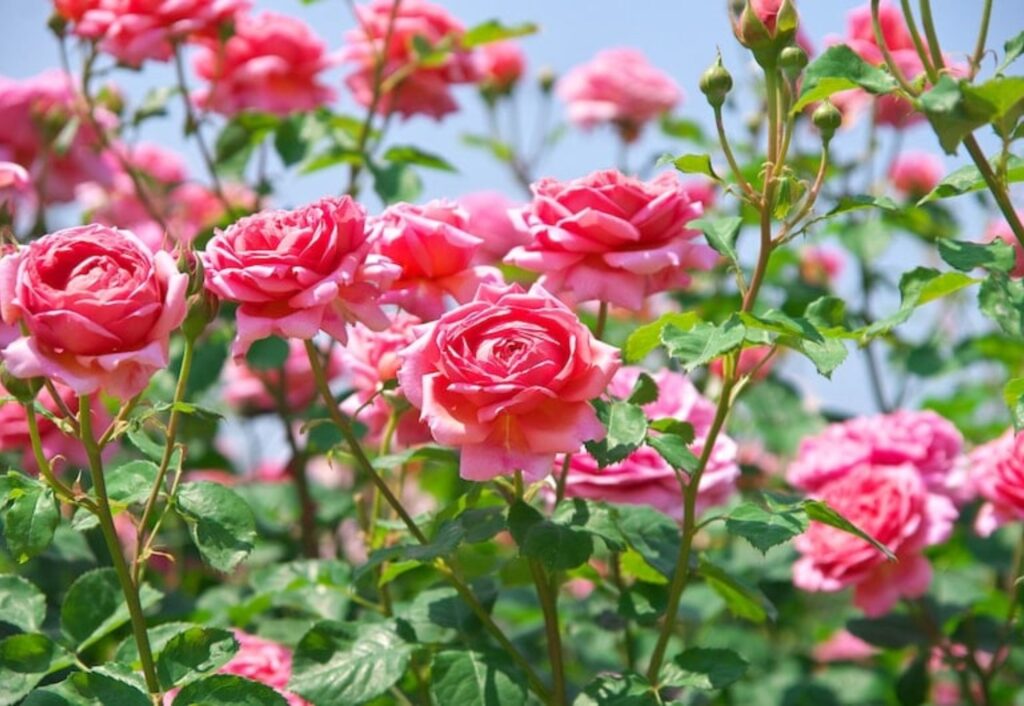Blog
How to grow roses in ice
Growing roses typically requires careful attention to soil, sunlight, and temperature. But what if you could cultivate these beautiful flowers in a unique and challenging environment, like ice? While it may sound like an outlandish idea, growing roses in ice can be a fascinating experiment in plant science and horticulture. This guide will walk you through the process, offering practical tips and insights on how to achieve this seemingly impossible task.
Lin Domain https://javanet247.com/
Understanding the Concept
Before diving into the practical steps, it’s important to understand why growing roses in ice is a unique challenge. Roses are traditionally grown in soil with ample water, nutrients, and sunlight. Ice, on the other hand, is cold, solid, and lacks the typical nutrients and support systems that roses need. The key to success lies in creating a controlled environment within the ice that can mimic the conditions necessary for rose growth.

Preparing the Ice Environment
- Choose the Right Ice Block:
- Select a clear, large block of ice that will serve as the primary growing medium. Ensure the ice block is free from impurities and bubbles, as these can affect the plant’s growth. The ice should be large enough to accommodate the rose’s root system.
- Create a Growing Chamber:
- Carve out a section in the center of the ice block to create a chamber where the rose can be planted. The chamber should be spacious enough to allow for root expansion. Use a saw or ice sculpting tools to carefully shape this space.
- Add Nutrients:
- Since ice lacks the essential nutrients found in soil, you’ll need to introduce a nutrient-rich solution. Prepare a hydroponic nutrient solution that provides the necessary minerals and vitamins for rose growth. Inject this solution into the ice chamber, ensuring it is evenly distributed.
Selecting and Planting the Roses
- Choose the Right Rose Variety:
- Opt for rose varieties that are known for their adaptability and resilience. Varieties like ‘Iceberg’ or ‘Winter’s Rose’ may be more suitable for this unique environment due to their hardiness.
- Prepare the Roses:
- Select young rose seedlings or cuttings that are healthy and free from disease. Trim the roots carefully to fit them into the ice chamber. Soak the roots in the hydroponic nutrient solution before planting to ensure they are well-hydrated.
- Plant the Roses:
- Gently place the rose seedlings or cuttings into the prepared chamber within the ice. Make sure the roots are in contact with the nutrient solution. Seal the chamber by carefully smoothing the surrounding ice to create a stable environment.

Maintaining the Ice Environment
- Control the Temperature:
- Monitor and maintain a consistent temperature around the ice block. Roses typically require temperatures between 60-70°F (15-21°C). Use a temperature-controlled environment to ensure the ice does not melt or become too cold.
- Manage Light Exposure:
- Provide adequate light for the roses to photosynthesize. Since ice blocks are opaque, you may need to use artificial grow lights to simulate sunlight. Place the grow lights at an appropriate distance to avoid overheating the ice block.
- Monitor and Adjust Moisture Levels:
- Regularly check the moisture levels in the nutrient solution. As the ice melts, it may affect the concentration of nutrients. Adjust the nutrient solution as needed to ensure the roses receive the proper balance of nutrients.
Troubleshooting Common Issues
- Ice Melting:
- If the ice block begins to melt, it can disrupt the growing environment. Use insulation materials to slow down the melting process and maintain the integrity of the ice block. Alternatively, you can use a refrigeration system to keep the ice frozen.
- Nutrient Imbalance:
- Monitor the roses for signs of nutrient deficiencies or excesses. Adjust the nutrient solution accordingly to maintain the proper balance. Signs of nutrient issues include yellowing leaves or stunted growth.
- Pest and Disease Management:
- Although less common in an ice environment, pests and diseases can still affect the roses. Inspect the plants regularly and use appropriate measures to address any issues. Ensure the ice and growing chamber are kept clean to prevent contamination.

Harvesting and Enjoying Your Roses
Once your roses have matured, you can enjoy the unique experience of having grown them in ice. To harvest the roses, carefully remove them from the ice block and cut the stems as needed. Display your roses in a vase or arrangement, and share the results of your creative horticultural experiment with friends and family.
External links https://lawadvisors.pamshion.net/how-do-butterflies-know-ballet.html
Conclusion
Growing roses in ice is an unconventional and challenging experiment that pushes the boundaries of traditional horticulture. By carefully preparing the ice environment, selecting the right rose varieties, and maintaining optimal conditions, you can successfully cultivate these beautiful flowers in a unique setting. While this method may not replace traditional rose growing techniques, it offers an intriguing way to explore plant science and experiment with innovative growing environments. Embrace the challenge, and enjoy the satisfaction of seeing your roses thrive in an ice block!

